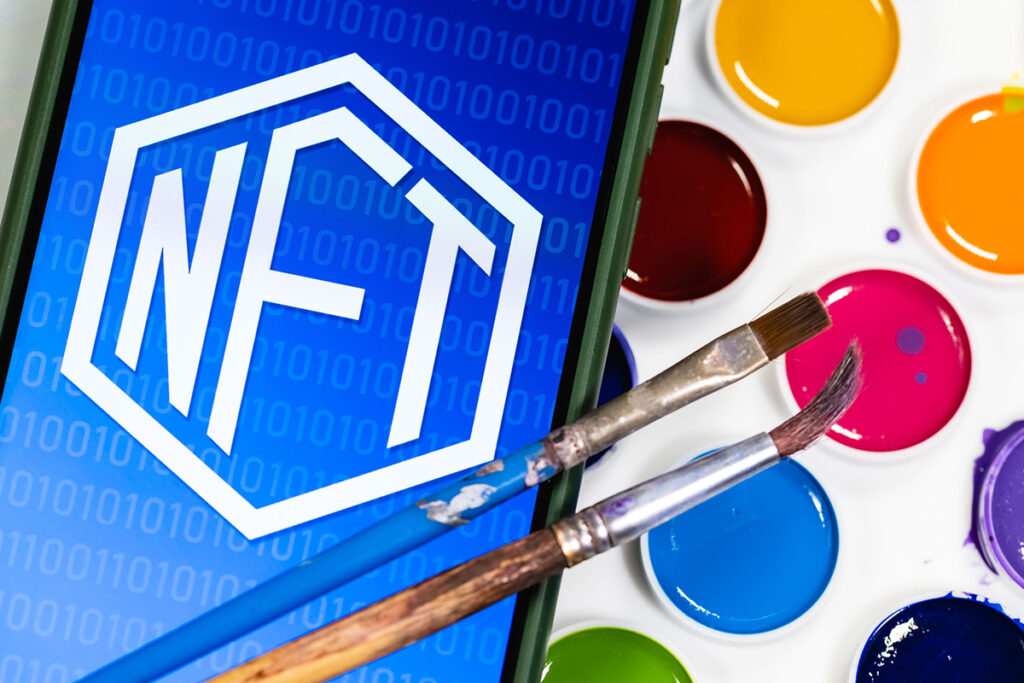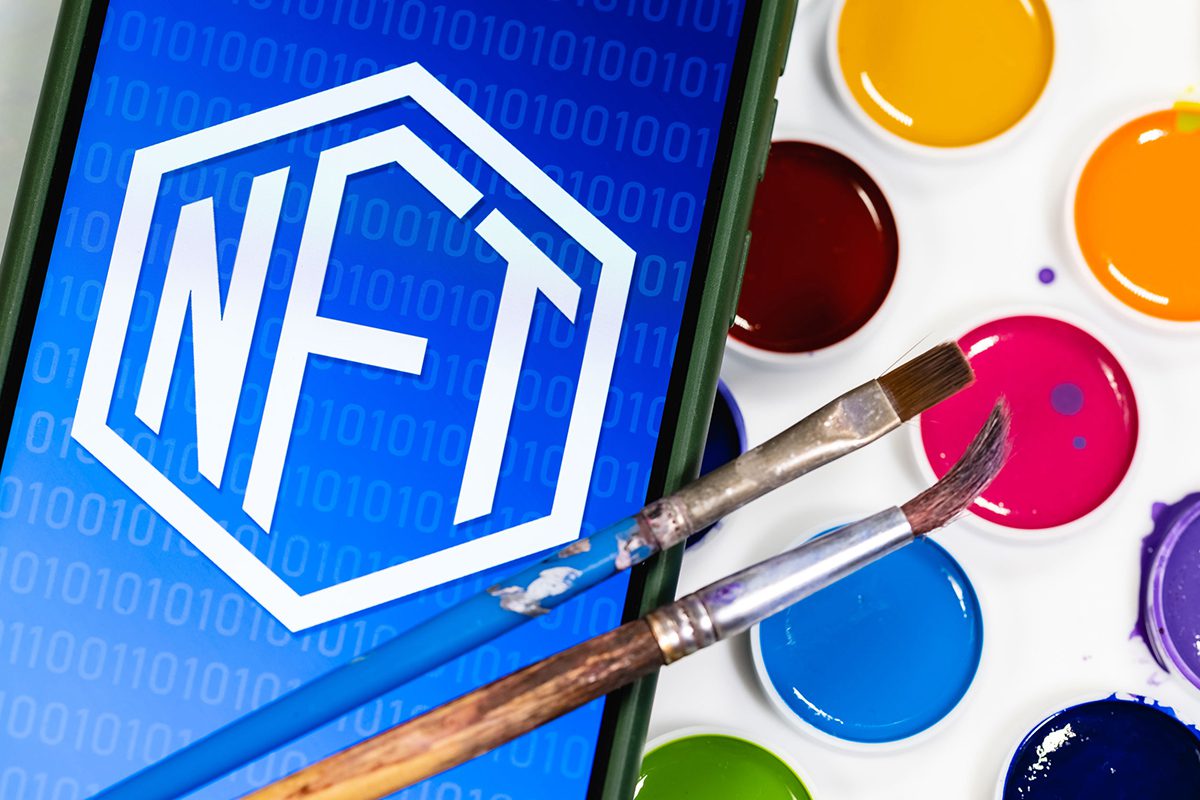NFTs have taken the world by storm. You might be thinking NF-what?! If you are, you aren’t alone! While this article is a great start, understanding the complexity of NFTs (non-fungible tokens) will take more time and research. As you are reading this article right now, NFTs are rapidly evolving.
While the technology for NFTs has existed since 2010, it wasn’t until 2017 when they started picking up steam. By 2021, NFTs have hit mainstream media, with auctions and sales occurring daily. It might be tempting to dismiss NFTs due to the technological aspect, but they are becoming a notable part of the art world.
Let’s learn more about them!
What is an NFT?
An NFT is a non-fungible token and can be part of crypto art. Non-fungible means it is unique and cannot be replaced with something else. Crypto art refers to rare digital art pieces that can be traded. As stated earlier, NFTs can be a part of crypto art. This means NFTs can also be anything digital and are not limited to digital art. Think of NFTs as a one-of-a-kind trading card.
Because we’re discussing crypto art, a basic understanding of digital currency is helpful. Cryptocurrency is a fancy term for digital currency and can be in the form of coins or tokens. You might also have heard the terms “bitcoin” or “blockchain.” A bitcoin is a form of internet cash. A blockchain is a digital ledger that records bitcoin transactions. Some of these terms can become complicated, so if you want to learn more, start here.

NFTs are sold on digital marketplaces like OpenSea and Foundation. These platforms allow for buying, selling, and trading of NFTs. All you need is an account and a crypto wallet, otherwise known as funds in cryptocurrency. Think of these platforms like eBay; accessible to all—anyone can buy, create, or sell.
Although these trends are soaring in popularity, concerns about the environmental impacts of these transactions have been brought to light. Mining this type of data consumes a lot of energy, as anything with technology does. Bringing this up with students could lead to an interesting discussion on the value of digital work versus the environmental impact.
What is so appealing about NFTs?
Why would someone buy a digital artwork they can view online? There are lots of reasons NFTs are gaining in popularity. First, only one person can own it, which makes it rare and therefore desirable. Although anyone can see the digital video or image, it only belongs to one person. Sheldon Evans discusses the psychology behind the desire for people to have ownership. Humans take pride in ownership, especially in the things they value.
Banksy took one of his original paintings and destroyed it. In its place, he created an NFT of the live video footage of the painting being destroyed.
Here is a quick video clip further exploring this idea:
Banksy’s NFT is now worth more than the original painting! Only one person gets to own this authenticated, original moment in time. Instances like this bring interesting debates to the table about the product and process of art. Do we want to own these digital works because of the art itself or because of the story it tells?
Buying an NFT is a lot like collecting physical art. Let’s look at an NFT like a traditional painting. Anyone can buy a Van Gogh print, but only one person can own the original. NFTs are not reproduction prints but original artwork that cannot be copied.
How do NFTs fuel a boom for digital artists?
As much as technology and the arts are in constant collaboration, it is unfortunate that digital artists do not get the recognition they deserve. The NFT market has the potential to provide this opportunity. Christie’s auctioned their first NFT sale from the artist, Beeple, for $69.3 million dollars. Sotheby’s sold their first NFT from digital creator Pak, whose work sold for $17 million dollars.
Artist Jen Stark has been successful in both the traditional art gallery world and the NFT world. She is bridging the gap between them with her first NFT on Foundation selling for 150 ETH, equivalent to $410,292 within 24 hours! Jen Stark was the first female crypto artist in this male-dominated field to crack the top ten selling creators list.
Check out Jen Stark’s artwork in this video:
What are the benefits of exposing our students to NFTs?
The accessibility factor is one reason you would want to share this with your budding digital artists. It is a wonderful way to drive innovation and get more students to create. With guardian permission, students could start selling their art!
The fine art world can seem like a foreign place to students. Bringing NFTs to the conversation will captivate this generation of students who grew up on screens, surrounded by technology. NFTs will make art more approachable to students.
Trying to understand NFTs is complicated. This article is only a glimpse! As you are reading this, thousands of sales, trades, and changes surrounding NFTs have occurred. NFTs are a pivotal part of the current landscape of art history, and new things that disrupt the traditional landscape are exciting!
Have you taught your students about NFTs?
What are your thoughts on NFT art?
Magazine articles and podcasts are opinions of professional education contributors and do not necessarily represent the position of the Art of Education University (AOEU) or its academic offerings. Contributors use terms in the way they are most often talked about in the scope of their educational experiences.





